Infinity Inkling #80
Himalayan Dispatch #3: Snow at 100x
Himalayan Dispatches is an ad hoc travel series tracing my journey through Sikkim — India’s last Himalayan kingdom. It blends diary notes with photographs taken along the way. This is the latest installment; you can read the earlier ones here and here (plus a related piece on the Pahalgam attack and its aftermath here). Subscribe to follow the rest (and more), delivered straight to your inbox.
Himalayan Dispatch #3: Snow at 100x
Wednesday, 27 March 2024. 6:30am.
En route to Guru Dongmar Lake.
I leave with Gurung just after sunrise, on a road that curls through the high Himalayas, ascending fast. My parents decide to stay back at the hotel — today’s plan is to reach Guru Dongmar Lake, one of the most remote high-altitude lakes in the world. At over 17,000 feet, it lies just shy of the Indo-Tibetan border and sits at a higher altitude than Mount Everest’s base camp. The lake is revered across faiths, by Buddhists, Hindus, and Sikhs alike.
One legend says Guru Rinpoche — the 8th-century Buddhist master and founder of Tibetan Buddhism — touched the frozen lake with his staff, leaving one patch forever unfrozen, ensuring water for the people of these mountains. Another claims Guru Gobind Singh — the tenth Sikh Guru — came here and meditated by its shores. Like much of India, many mythologies coexist here, layered rather than disputed.
But today, the lake is out of reach.
Half an hour in, we come to a sudden halt. A long queue of 4x4s is stalled along a cliffside bend — nearly a hundred vehicles stretched out like beads on a rosary. Drivers and passengers gather outside, clustered near the edge, looking down at another road below, where a second line of parked cars is just as long.
The locals smoke cigarettes to stay warm. They look unfazed — this sort of thing, they say, happens often. The tourists, meanwhile, pose with the only visible peak, a sharp tooth of the Himalayas that juts out ahead. Proof of proximity, if not arrival.
Eventually, a soldier approaches and explains that the road is closed due to excavation work to widen the passage. It will open in an hour, he says, but once the convoy is allowed uphill, it won’t reopen until 4pm. Returning would mean driving down in the dark.
Gurung looks at me, waiting. I realise the risk isn’t worth it.
We turn back.
Wednesday, 27 March 2024. 9:15am.
Lachen Monastery.
The monastery sits quietly above the village, overlooking sloped rooftops and winding paths. There’s not much gold or grandeur here — just wooden walls, soft colours, and prayer flags stretching out into the wind. It’s modest, yes, but it knows its place.
When we arrive, the doors are shut. But two young monks appear not long after, dressed in crimson robes and carrying small backpacks, as if on their way to school. They look more like schoolchildren than disciples — which, in a way, they are. The place carries a stillness, but not of silence. It’s a stillness full of motion.
One of them, no more than five or six, locks eyes with me. He has bright eyes and an easy laugh. Sonam Lachenpa, he tells me.
Sonam and his friend Karma are instantly taken by my camera. They pose like seasoned subjects, giggling after every shutter click, eager to see each photo. But their excitement quickly shifts when Sonam spots my dad holding his Samsung Galaxy S24 Ultra.
I know this one can zoom 100x, he grins. Can you show us the snow?
With a swipe of a finger, he makes my dad pull the mountains closer. There’s something quietly magical about that gesture — a young monk in a centuries-old monastery, summoning the Himalayas not with prayer, but with pinch-and-zoom.
The monastery, which follows the Nyingma school of Tibetan Buddhism, isn’t cloistered from the world. The monks live in the village, not in the complex, and a different monk walks up each morning to offer prayers. It feels less like a formal institution and more like a living thread in the community — woven into the rhythm of the Lachenpas, one of Sikkim’s oldest ethnic groups.
When I ask how young the children begin their studies, a senior monk smiles. Around five, he says. But age isn’t a barrier. You come when you’re ready.
Then he pauses, looks at me, and adds: Would you like to join?
Before I can answer, I notice Sonam striking another pose — this time with one hand covering his eye. Can you use the AI feature to remove my hand now? he asks my dad.
My dad frowns. There’s an AI feature?
So Sonam tugs at my jacket. Can you help?
It takes me longer than I’d like to admit, but eventually I find the right setting. Sonam is thrilled with the result — his face, now hand-free, if slightly distorted, looking back across megapixels.
Of course it takes an iPhone user to show Android users what their phones can do, I think.
But more than that, it’s strange and beautiful — this merging of centuries-old tradition with hyper-modern tech. Even here, on the edge of the Republic, the future is already embedded in the present.
Wednesday, 27 March 2024. 12:15pm.
En route to Lachung.
Later that afternoon, we head off to Lachung, our stop for the night. It’s just across the valley from Lachen, but the difference is immediately clear. The roads are smoother, the landscape less wounded. The scars haven’t vanished — they’ve just healed better here.
Everyone we speak to brings up the same date without prompting: after Diwali, two years ago.
On October 3rd, 2023, after days of heavy rain, a chunk of hillside collapsed into South Lhonak Lake, triggering a tsunami-like wave that surged through the glacial water. The force of it breached the natural moraine dam at the lake’s edge. What followed was a slurry of water, rock, and debris — around 50 million cubic metres of it — that thundered down the Teesta like a liquid landslide.
Whole hillsides were carved out. A hydropower station was swallowed in the night. Villages were washed away. The Teesta, usually ceremonial and calm, turned furious.
The floods changed everything, says the man at our hotel with the finality of someone who knows recovery is still underway.
In the time since, scientists have pieced together the anatomy of the disaster — using satellite imagery, seismic records, and on-ground surveys. The verdict is stark: climate change is reshaping the Himalayas faster than we can map them. With glacial lakes growing and moraines weakening, this won’t be the last of its kind.
I look out the balcony and spot the Lachung River, a tributary of the mighty Teesta, flowing below. It’s placid for now, but it carries the history of disruption in its current. Like the land, it remembers.
It’s easy to forget, when the road is smooth, just how fragile the ground beneath us can be.


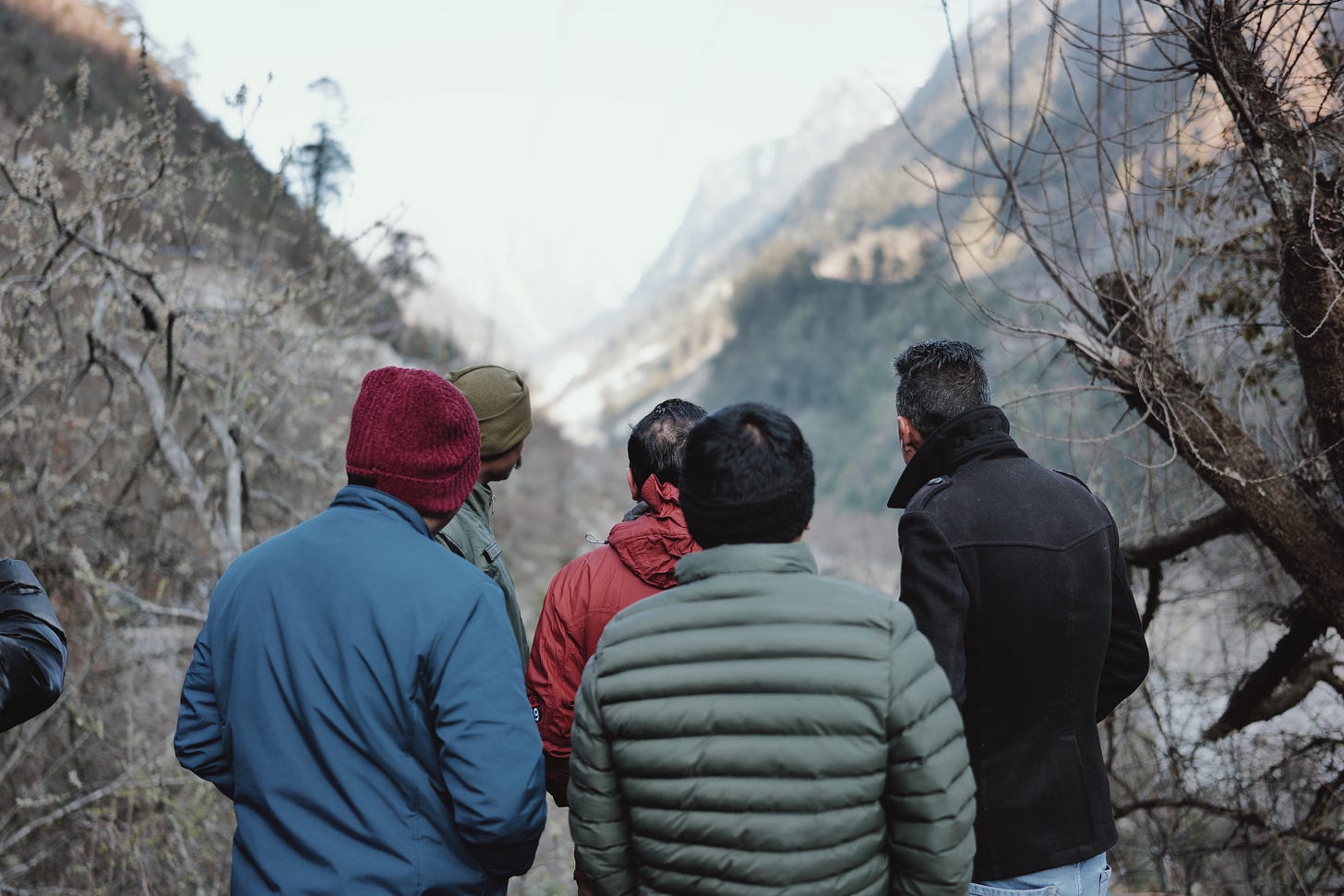
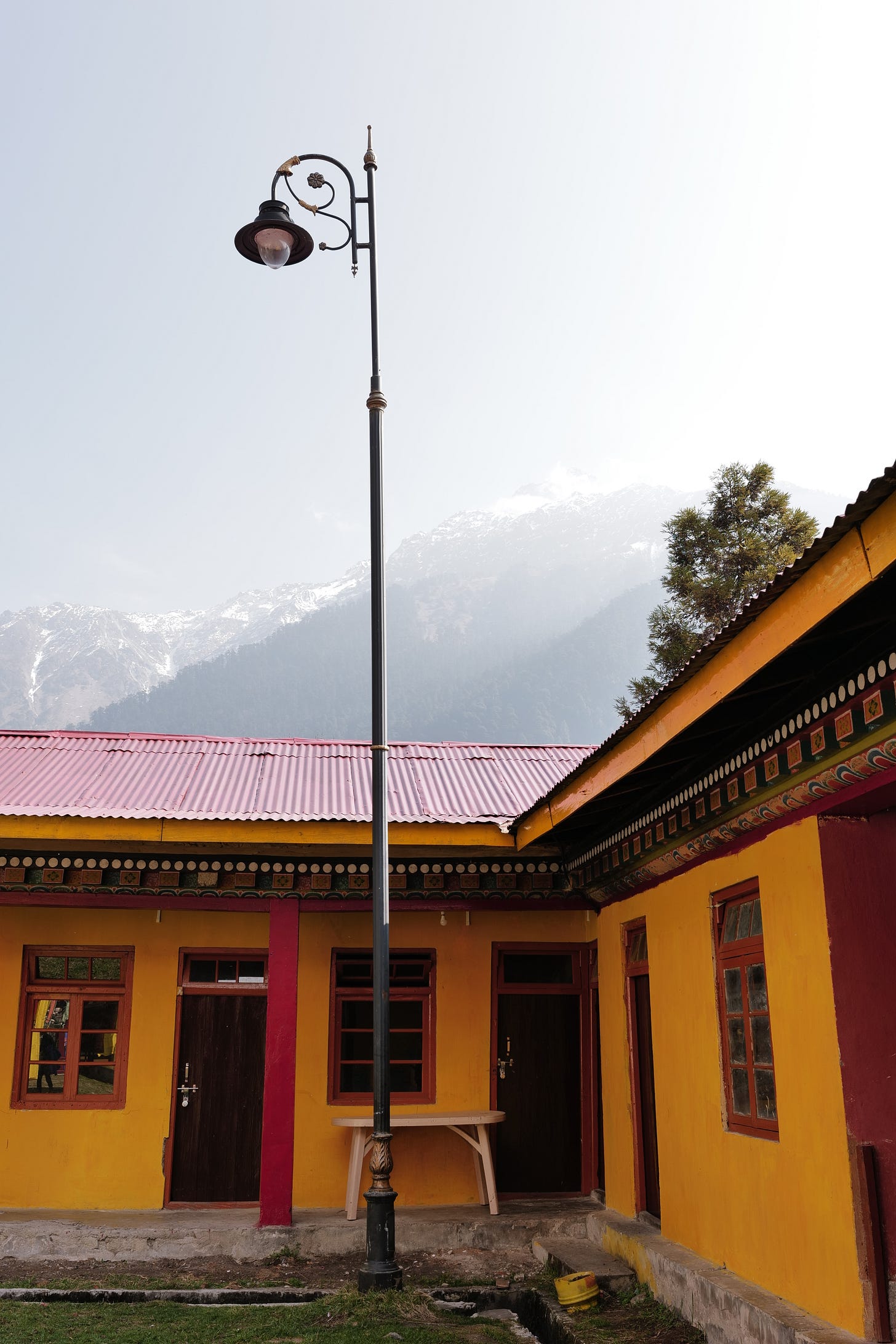
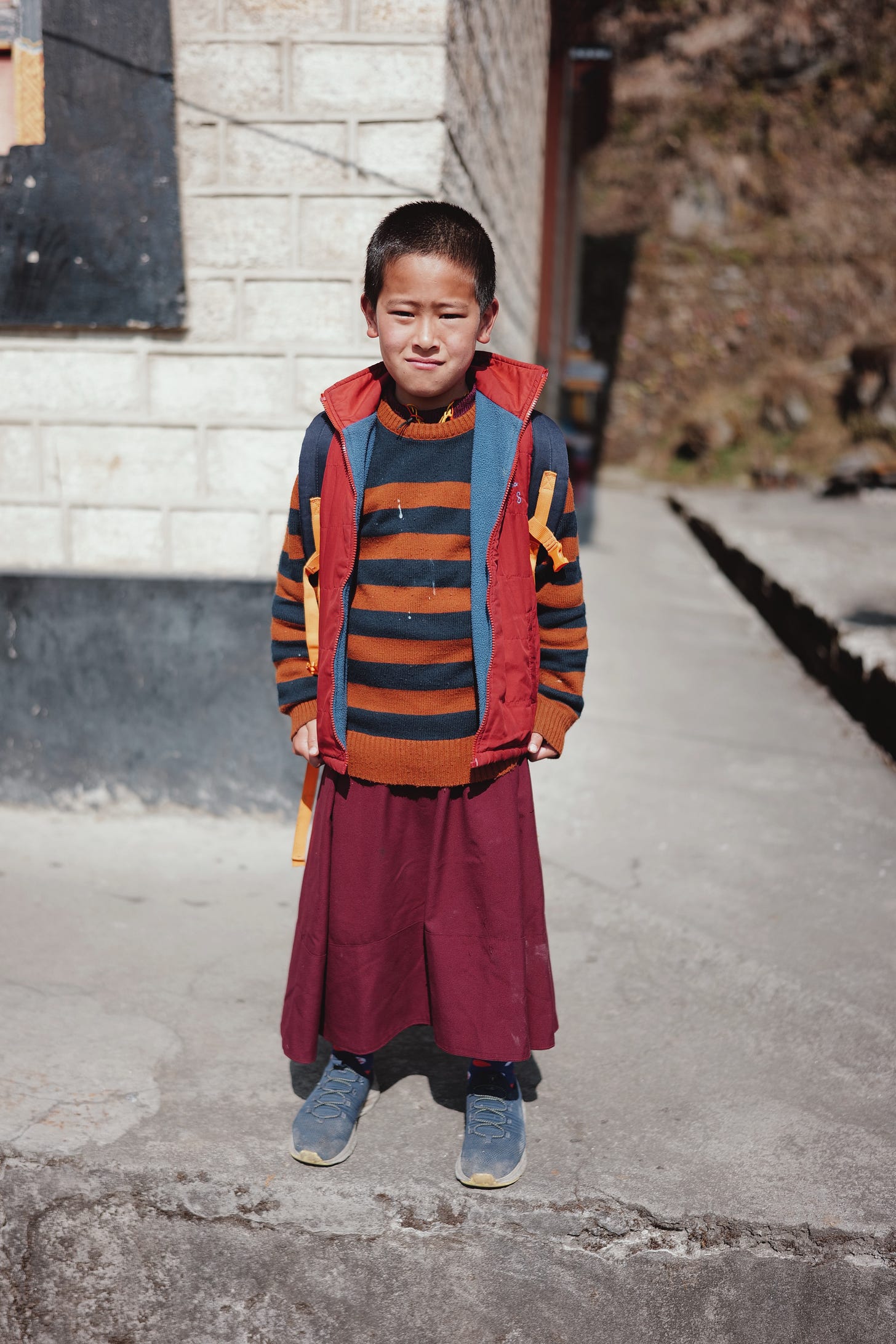
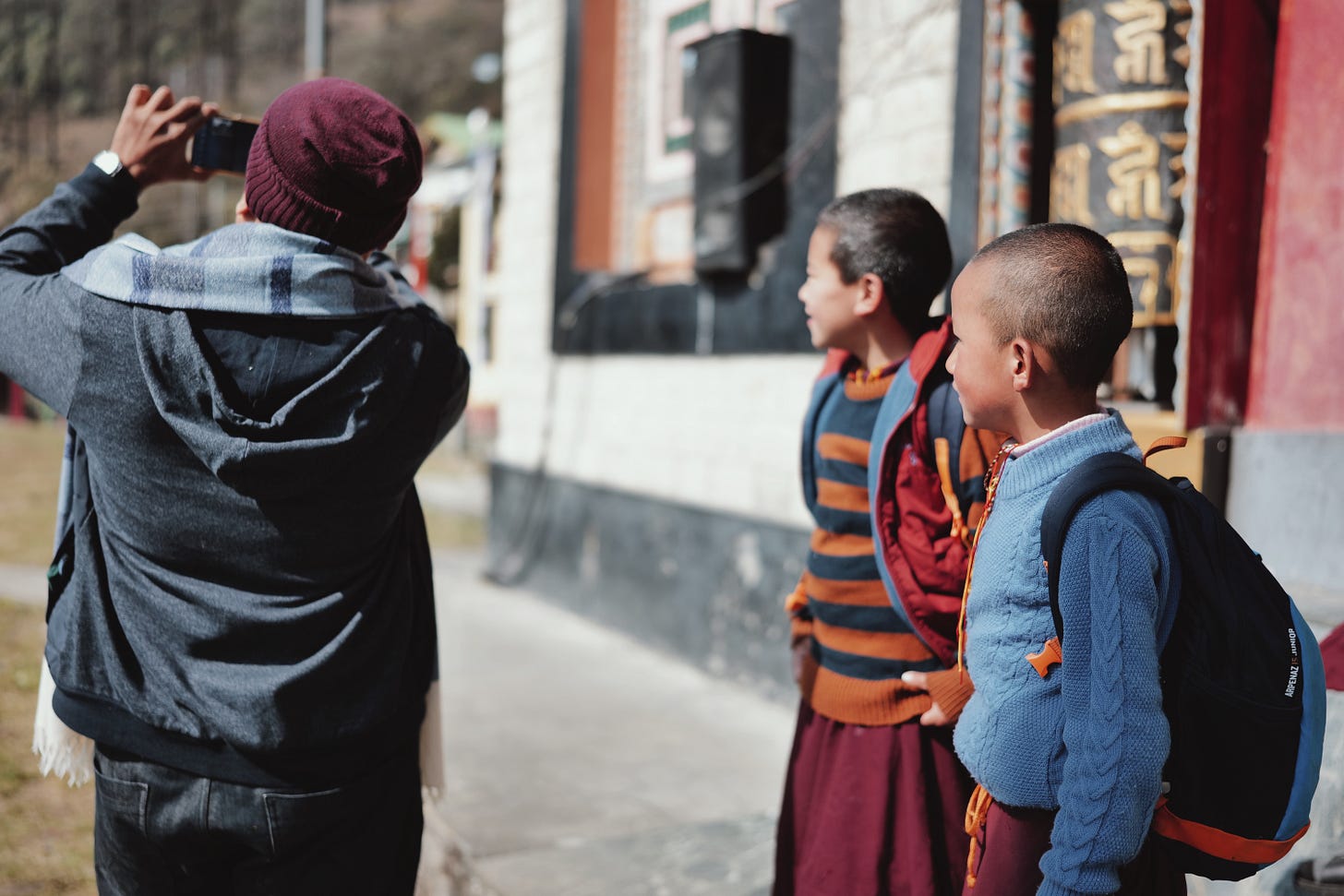
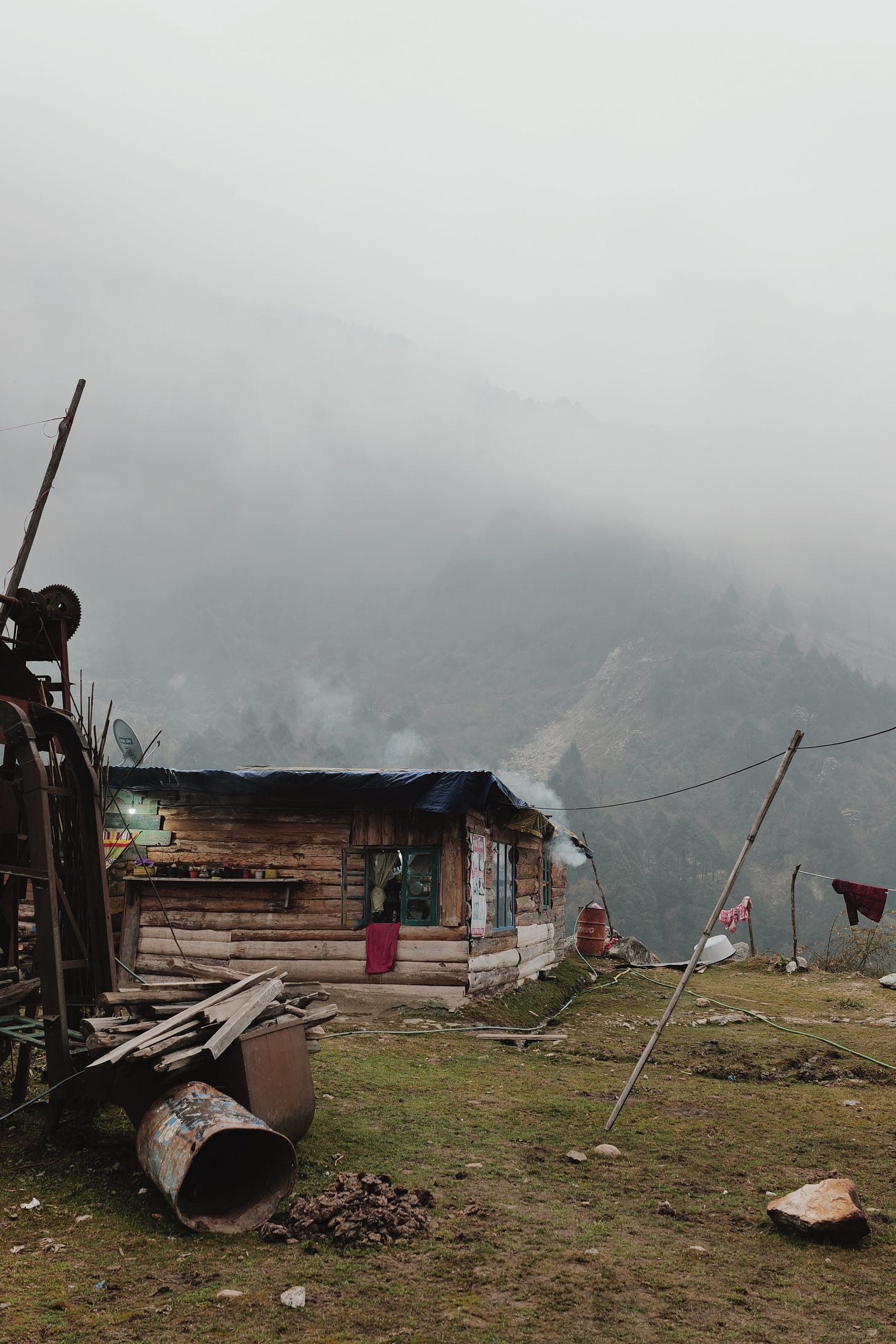
This post is what i want to read. It takes me back to my journeys in the mountains in the south. Thank you!
Lovely essay, Nishad. It's a gorgeous corner of the world.